
Basil sprigs are small portions of the stem with leaves attached of one of the more than 60 varieties of basil. Basil sprigs can be used in sauces and soups for wonderful flavor and thrown directly into the food processor to make basil pesto. Most often, the basil leaves are chopped when fresh for use in Italian dishes.
Basil Plants
The Latin name for basil is Ocimum basilicum, and it is a Mediterranean plant that has been used as an herb for seasoning food for centuries. They grow well in warm climates in a spot that gets full sun and has well-drained soil. Pick a few leaves off each plant rather than picking all from one plant. Basil will continue to grow and get more bushy if you harvest it regularly.
Basil Types
There are many different types of basil, and each plant is slightly different in appearance and taste. Genovese basil is the most common, with large, shiny leaves and a peppery, sweet flavor. Purple basil has a similar flavor but, obviously, is purple in color with smaller leaves. Thai basil has elongated leaves with a strong anise flavor. You can also find basil plants that incorporate other flavors, such as cinnamon, anise and lemon.
Storing Basil
Fresh basil is much better to use than dried. It is more nutritious and has a far superior flavor. Once you've bought some or picked some from the garden, store it in the refrigerator wrapped in a damp paper towel. If you want to freeze it, do so in ice cube trays in a little water for using in pasta sauces. The texture of frozen basil is inferior, so save it for use in sauces and soups, rather than bruschetta or Caprese salad.
Using Basil
Basil is used in many dishes, primarily in Italian cooking. It can be added to pasta sauces and is the main ingredient in pesto, along with olive oil, pine nuts and Parmesan cheese. It can be served very simply in a Caprese salad, which consists of tomatoes, bocconcini (fresh mozzarella cheese) and sprigs of basil, along with a drizzle of olive oil. It is wonderful on fish, such as salmon, and as an ingredient in bruschetta, with fresh tomatoes and garlic.
Related Articles

Basil for Hair Growth

Can You Still Use Basil That Goes a ...
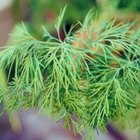
Dill Seed Vs. Dill Weed
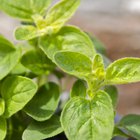
How to Eat Fresh Oregano Leaves

What Herbs & Spices Flavor Fish?

Can I Put Fresh Chopped Basil in Store ...
How Do I Clean Water Cress?

How to Use Wheatgrass for Washing Hair
Substitutes for Frisee Lettuce

How to Crush Basil
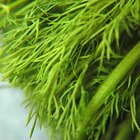
Classic Russian Spices

What to Use in Place of Italian ...
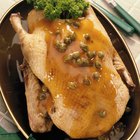
How to Buy and Use Capers in Cooking

A Substitute for Japanese Parsley
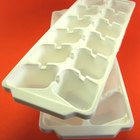
How to Freeze & Store Purslane

How to Make Steamed Spinach Taste Better

Baby Spinach Vs. Spinach
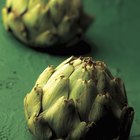
How to Parboil Artichokes

The Difference in Fresh or Dry Oregano

How to Use Dill Weed
References
Writer Bio
Karen Sheviak has more than 10 years of experience as a writer, researcher and copy editor for "Canadian Living" magazine. She has worked as a freelance editor for other magazines including "Toronto Life." Sheviak has a Bachelor of Arts in English and history from the University of Toronto and a diploma in journalism from Centennial College in Toronto.
Photo Credits
Goodshoot/Goodshoot/Getty Images